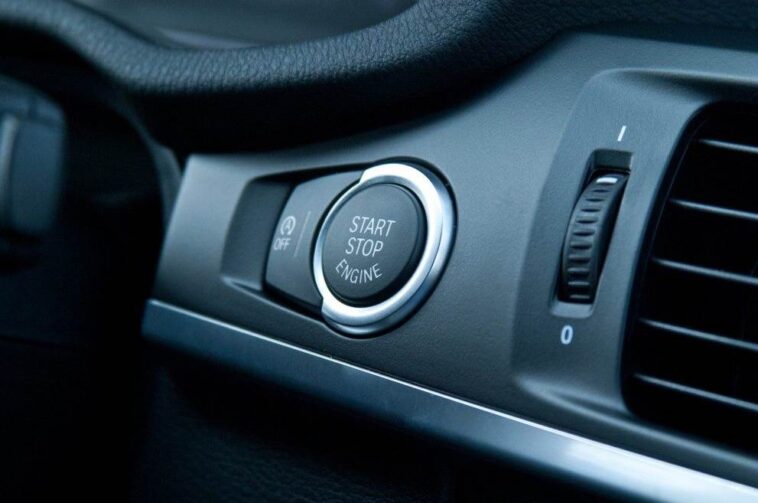What Is Push Button Start Feature? When it comes to talking about the advanced features of the upcoming cars, then no doubt that the list includes many things that you will be tired of reading and watching. But the major features that we all want to have in our new car are a push-start button, a panoramic sunroof, power windows, all advanced sensors, and some major safety features. Well, so today we are here talking about mainly the push-start button feature in cars. Also, here we will read about how it has replaced the traditional key system and also we would illuminate the pros and cons of this feature. So, read this article till the last full stop to know.
It is not hidden from anyone that in recent years, automotive technology has witnessed remarkable advancements, with the introduction of convenient features aimed at enhancing the driving experience. One such innovation is the push button start feature, which replaces the traditional key ignition system. But as you all know that everything has its own sides on which basis we decide about the positive points and the drawbacks as well. Because technology is all about making things easy, but sometimes such features can trouble you. Scroll on to know the complete information.
What is Push Button Start?
Push button start, also known as keyless ignition, is a feature commonly found in modern vehicles. It eliminates the need for a physical key to start the car’s engine. Instead, drivers can simply press a designated button to start and stop the engine, provided the key fob is present within the vehicle’s proximity. Instead of using a traditional key to start the engine, the driver simply needs to press a designated button to start or stop the vehicle.
This feature eliminates the need for physically inserting a key into the ignition and turning it, streamlining the starting process. Push start buttons are often accompanied by proximity sensors, allowing the system to detect the presence of the key fob in close proximity to the vehicle, enabling effortless engine ignition and shutdown. This feature has become increasingly popular for its user-friendly and futuristic appeal.
How does It work?
Well, you all must be in the swim about how this function actually works. But there is an explained guide on its function. However, the list of the same is quite long, therefore, here we are highlighting some major points of the feature. So, the push button start relies on keyless entry technology and a proximity sensor within the vehicle.
- Authentication: When the driver approaches the vehicle, the key fob communicates with the car’s computer system through radio frequency identification (RFID) or similar technology. This authentication process verifies the presence of the authorized key fob.
- Ignition Control: Once the key fob is detected, the car’s computer system enables the push button start feature. Pressing the button sends a signal to the system, which activates the engine’s ignition sequence.
- Engine Start/Stop: Once the engine starts, the push button’s indicator light illuminates, signifying that the vehicle is ready to be driven. Pressing the button again while the engine is running stops the engine and powers down the vehicle.
Advantages of Push Button Start
- Convenience: With push button start, drivers no longer need to fumble with keys to start their vehicles. It simplifies the process, providing quick and effortless engine activation.
- Enhanced Security: The absence of a physical key ignition system reduces the risk of car theft through traditional means such as lock picking or hot-wiring.
- Keyless Entry Integration: Push button start is often combined with keyless entry systems, allowing drivers to unlock and lock the vehicle without removing the key fob from their pocket or bag.
Disadvantages of Push Button Start
- Dependency on Battery: Push button start relies on electrical power, which means a dead car battery or a malfunctioning key fob can prevent the system from operating. It’s crucial to ensure the key fob’s battery is adequately charged.
- Learning Curve: For drivers accustomed to traditional key ignitions, adapting to push button start may take some time. Familiarizing oneself with the location and operation of the button becomes essential.
- Cost and Complexity: Compared to traditional key systems, push button start is more technologically advanced, which can result in higher repair and replacement costs if the system encounters issues.
The push-button start feature in cars has transformed the way we start our vehicles, offering convenience, security, and integration with keyless entry systems. However, it is not without its drawbacks, such as battery dependency and a potential learning curve for users. As automotive technology continues to evolve, push-button start is likely to become increasingly prevalent in modern vehicles, revolutionizing the driving experience. Follow us to read more queries.






GIPHY App Key not set. Please check settings